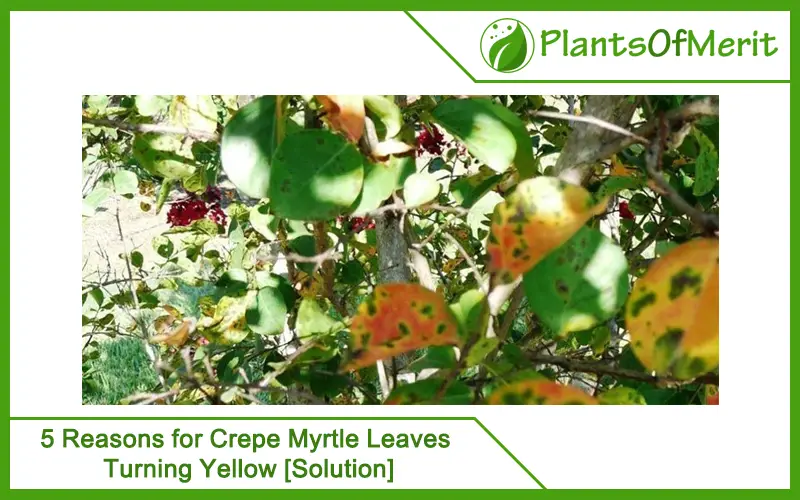If you are into growing ornamental plants, the crepe myrtle is a stunning addition to your list of garden plants. Besides their stunning mix of green and maroon foliage, the crepe myrtle is one of the few plants that feature stunning blooms.
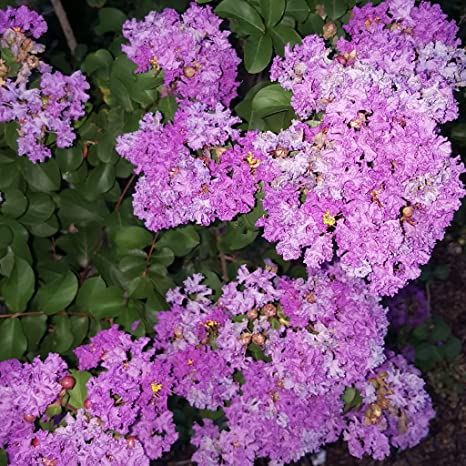
However, no one likes to notice their plant growing weaker or showcasing signs of damage. Yellowing of the leaves is one of the most common issues that you are likely going to face. But, what starts as a normal issue can take a turn for the worse pretty quickly. You will notice that when left unattended, the issue spreads quite rapidly, affecting other parts of the plant.
Here’s what you can do to identify the cause and then fix it accordingly.
Why are the Crepe Myrtle leaves Turning Yellow?
There could be several influencing factors behind the crepe myrtle leaves turning yellow. It could be due to poor watering, lack of nutrients, or diseases.
Let us walk you through some of the possibilities.
1. Fungal leaf spots
Unless you are experienced with gardening, chances are that you wouldn’t know much about the fungal leaf spots or what to look for when you notice them on the leaves. The issue generally arises after it rains or when the plant is overwatered.
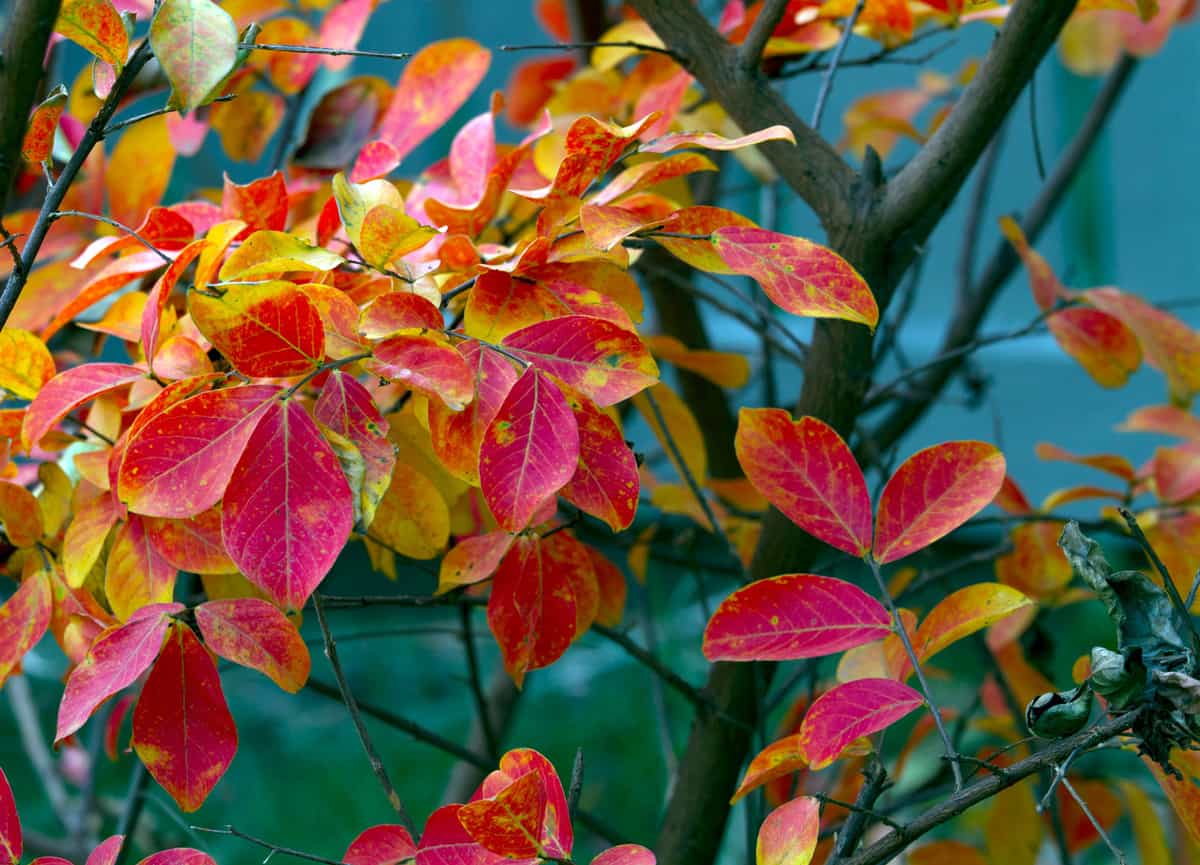
If you notice the leaves changing their color and turning yellow or orange, it is a sign that your crepe myrtle plant has fungal leaf spots. They start slow with a few yellow or orange spots on the leaves. But, once it spreads, the leaves droop exponentially, leading to further complications.
Look out for this issue in the first year after you bring the crepe myrtle home. That’s when they are the most susceptible to getting this disease.
How to fix it?
When you start noticing the yellow spots gradually appearing on the plant, you have to be proactive and get rid of them immediately. The last thing you want is for the same to spread out of control. Also, reduce the humidity in the air since humidity makes the situation worse.
2. Bacterial Infections
If you notice yellow spots on the crepe myrtle leaves or witness the entire leaf turning yellow, it could be a sign of bacterial leaf scorch. It is a fatal issue and often ends up killing the entire plant. The issue often ends up being beyond the management of the grower.
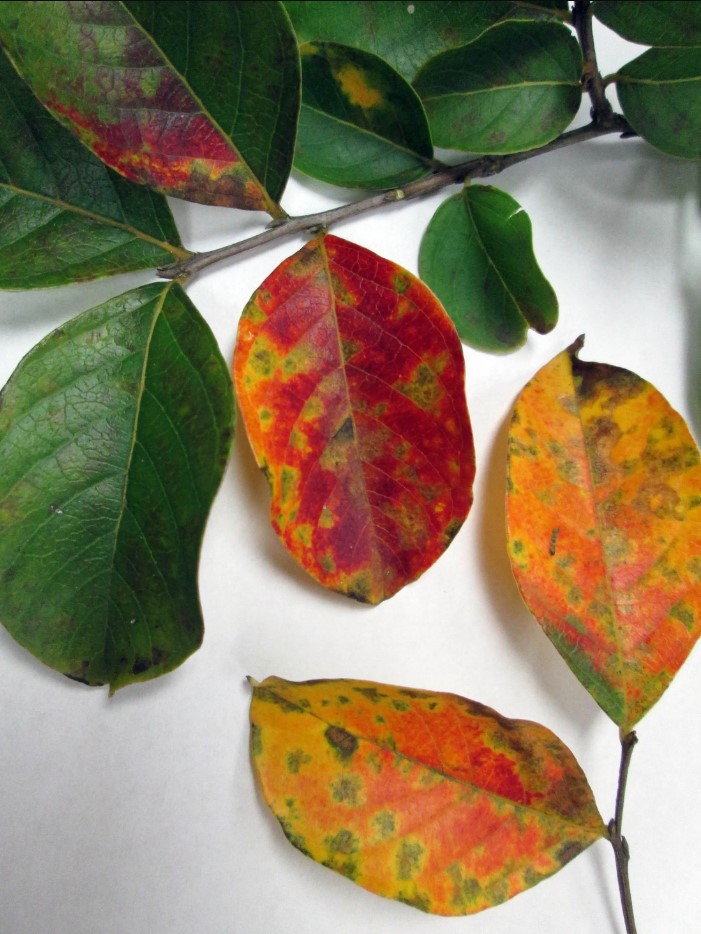
The disease is often brought along by aphids when they infest the plant. What the infection does is attack the plant and prevent it from blooming. In the meantime, it also contributes to the leaves wilting and the leaf turning yellow from its bright green color.
How to fix it?
As we said, the condition is often fatal. So, your only mode of fixing the issue is by spraying some bactericide on the plant. This might help to an extent. But, your best bet at containing the spread of the infection is by cutting out the infected branches. This will prevent it from infecting the rest of the plant.
3. Aphid Infestation
Aphids are a pain for growers. Not only do they manage to damage the growth of the plant, but they also act as vectors for a range of serious infections, which can fatally attack the plants and kill them in the process.
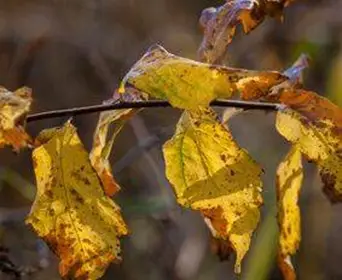
If you notice aphid infestation in the crepe myrtle plants, chances are that they are sucking out the nutrients from the plant, leading to the yellowing and curling of the leaves. Taking immediate actions against the further spread is a necessity. If you leave it to fend for itself, chances are that the infestation will further progress, killing the plant in the process.
How to fix it?
What you can do is start by looking at the plant. Check which parts are infested and trim them out. Once that’s done, you can blast a shower of water on the plant to eliminate the remaining aphids. Also, spraying some insecticide on the plant can work quite well too.
4. Excess Nutrient
Nutrient deficiency is an issue and so is an excess nutrient in the soil. Nutrient toxicity is one of the common reasons why your crepe myrtle leaves are likely to turn yellow. If you are going heavy-handed on the fertilizer, the excess of nitrogen, phosphorus, and potassium in the soil might end up doing worse than good.
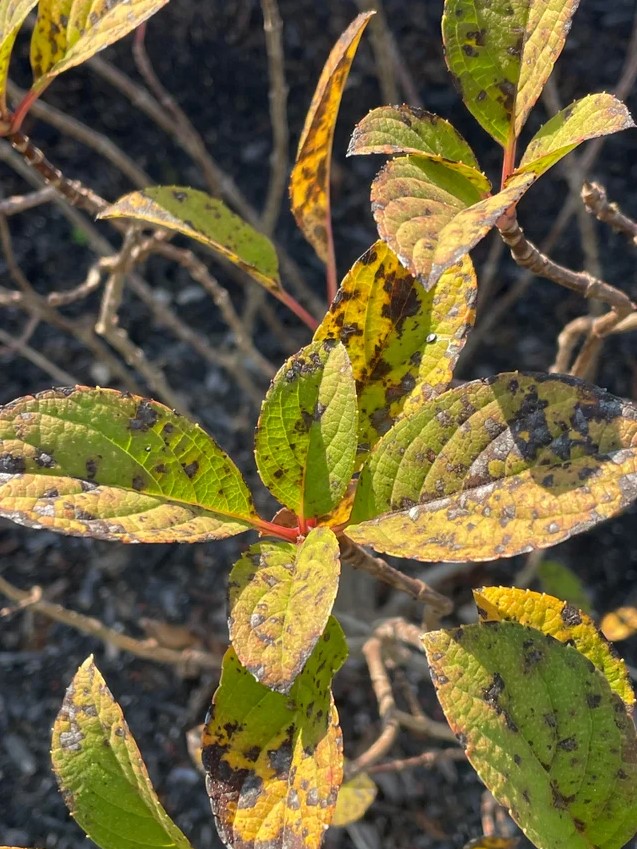
Never overdo the amount of fertilizer in the soil. Not just for crepe myrtle, excess nutrients in the soil will affect the growth and blooming of the plants that you are likely growing.
How to fix it?
Crepe myrtles don’t do well in soil with excessive nitrogen. So, your option is to look for fertilizer with a lower ratio of nitrogen in it. This will prevent the risks of nutrient toxicity, which is one of the most common reasons behind the deterioration of the plant.
5. Cultural problems
Okay, before you get confused, let us clarify. Crepe myrtles have some rules of their own. Sometimes, excess water exposure makes the leaves turn yellow. Sometimes, lack of sunlight might end up turning the leaves yellow.
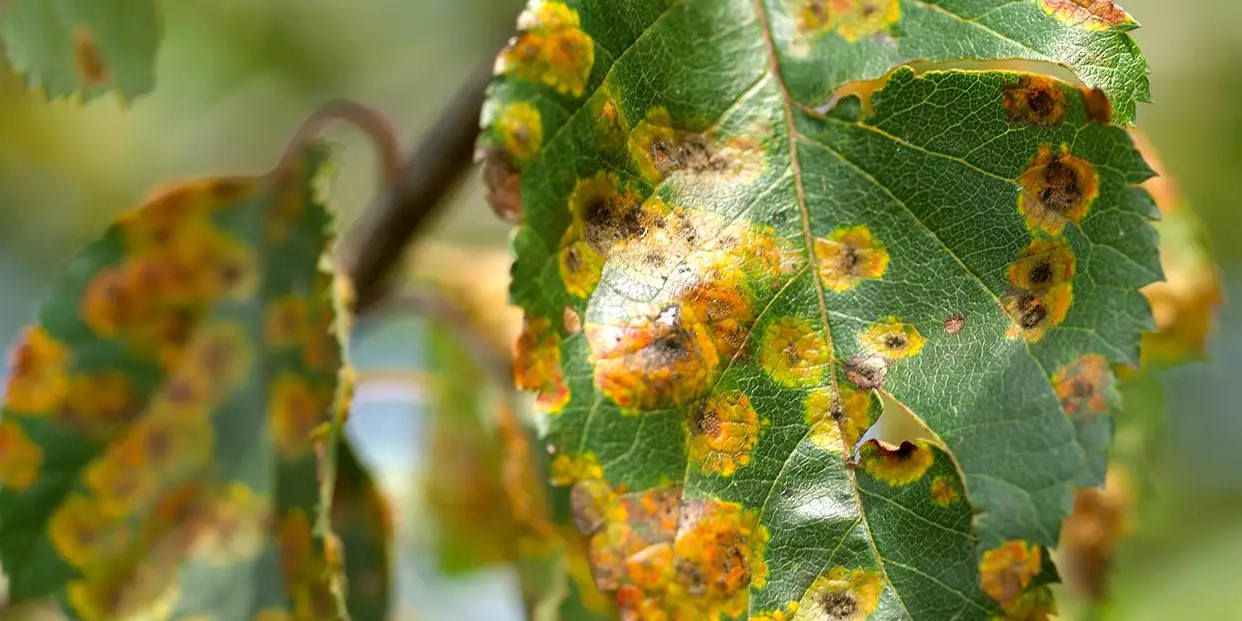
Your best bet would be to focus on maintaining the ideal growing parameters. This includes keeping the soil moist, ensuring that the plant is getting enough sunlight, and so on. Lack of sunlight will contribute to risks of chlorosis, leading to the yellowing of the leaves.
How to fix it?
You need to first identify the cause or the cultural problem that’s contributing to the yellowing. Is it excess water or lack of sunlight? Once you find the cause, mitigating the issue becomes a lot easier. Also, keep a check on the soil’s pH from time to time since that can alter the plant’s appearance as well.
FAQs
1. How do I fix yellow leaves on my tree?
Underwatering is the most common reason why your crepe myrtle leaves are turning yellow. If the situation gets worse progressively, we’d recommend you feel the soil and then water it accordingly. Sometimes, optimal water can revive the dead plant immediately and ensure its optimal growth.
2. Why is my crepe myrtle getting yellow leaves?
Two reasons can lead to the crepe myrtle leaves turning yellow. It could be due to underwatering or it could be due to poor soil drainage. This plant requires well-draining soil to ensure there is no water logging or risk of root rot. If you notice it’s the latter, we’d recommend taking out the plant and then repotting it somewhere else.
3. What can I spray on my crepe myrtle?
If the yellowing of the leaves in crepe myrtle is due to pests or an infection, we’d recommend spraying a variety of items, including neem oil, insecticides, pesticides, or even soap water to limit the spread of the infection in the leaves.
4. What is the best fertilizer for crape myrtle trees?
Crepe myrtle plants don’t require very frequent fertilizers. However, if you are using some for your plant, we’d recommend sticking to good options with optimal nutrient blends, including 8-8-8, 10-10-10, 12-4-8, or 16-4-8. They keep a check on the soil’s nutritional needs.
5. Is Epsom salt good for crape myrtle?
If your crepe myrtle plant is lacking optimal magnesium levels, supplementing the same with Epsom salt works quite well. It is organic, safe, and doesn’t impact the growth of the plants in the surroundings too, which is always a benefit. Just ensure that you aren’t overdoing the amount of Epsom salt you sprinkle since too much of it can have negative impacts on the growth.
Conclusion
How many of these complications did you know of? Since crepe myrtle plants are such stunners, noticing them losing their sheen and beauty is disheartening. This article should give you a good understanding of what you can do to fix the issue and ensure that the plants grow optimally.

